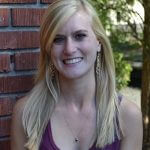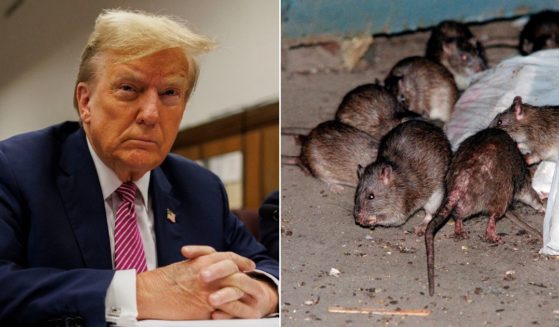In Stroke of Genius, Doctor Turns 1 Ventilator into 4
Doctors fighting the COVID-19 outbreak are finding new ways to combat a possible ventilator shortage by turning one ventilator into four.
Based on her study conducted in 2006, Dr. Charlene Babcock, who practices in the Detroit area, demonstrated how one ventilator could be easily modified to provide ventilation for four adults.
“Because of the COVID-19 pandemic, many health care providers are struggling with a situation where they may have more than one patient needing ventilation and not enough ventilators to go around,” Babcock explained in her instructional video.
Using human lung simulators, she found in her study that one ventilator could successfully provide equal ventilation to four adults at the same time.
Babcock said that while this has only been tried on test lungs thus far, the information could be used in an emergency situation.
“First of all, you want to make sure the lung sizes are the same in all four portions of the cycle or the circuit,” she said.
“We wouldn’t want to put a pediatric patient with an adult patient, because that wouldn’t make sense.”
Doctors using this method would also need to make sure the resistance is the same, so putting a patient who has severe bronchospasm with one who does not would also not work.
This video explains how to modify an existing ventilator to ventilate several patients from the same machine. In the face of a shortage of life saving equipment, this modification is critical.#VentilatorShortage #Medical #CoronavirusUSA #COVIDー19 pic.twitter.com/gPbHVIaQIE https://t.co/Cllg1UvyJ5
— Colleen Fellows (@ColleenFellows) March 21, 2020
Babcock also suggested using a “half-star configuration” with the ventilator in the middle and the hospital beds on the outside so the same length tubing could reach each patient.
In her video, she added that while this exact method hasn’t been studied on humans, it had been used following the 2017 Las Vegas shooting when the practicing physician ran out of ventilators.
Dr. Kevin Menes had trained with the co-author of Babcock’s study, Greg Neyman, and used one ventilator to supply air for two patients.
“It was very successful,” she said. “He was able to keep them alive for hours as they waited for outside ventilator support to come in and help them supply the patient need.”
Babcock cautioned physicians that the study did not look into possible cross-contamination risks in the one-way circuit, but the risk is somewhat mitigated if the ventilators are being used on only COVID-19 patients.
“Now here’s my disclaimer: This is off label use of the ventilator,” she said. “The ventilator is made for one person, and I’m using it here in a simulation of four patients.”
“I always hope that you would never need to use it in this way, but you can never predict what is going to happen in a disaster,” she added.
Truth and Accuracy
We are committed to truth and accuracy in all of our journalism. Read our editorial standards.












